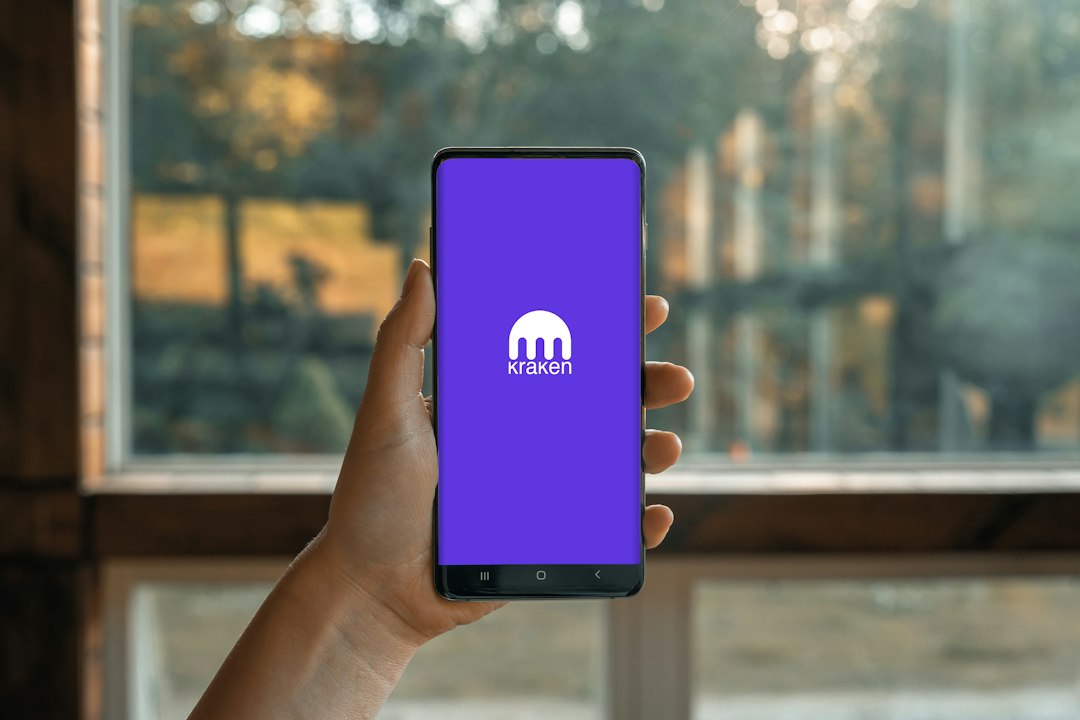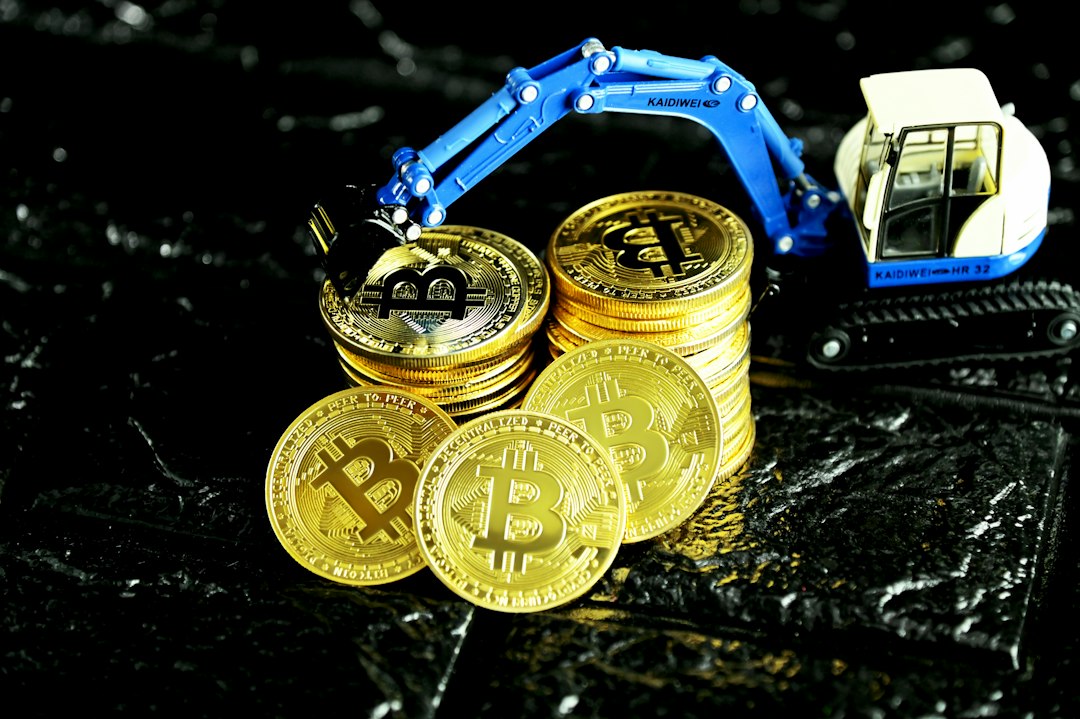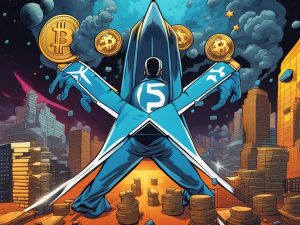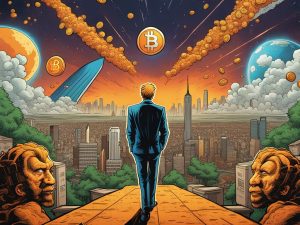XRP Surges After SEC Drops Lawsuit Against Ripple
XRP has experienced a significant surge in value following the U.S. Securities and Exchange Commission’s decision to drop its lawsuit against Ripple in October 2023. The lawsuit had accused Ripple CEO Brad Garlinghouse and co-founder Chris Larsen of selling $1.3 billion worth of unregistered securities in the form of XRP. Ripple, the project behind XRP, operates differently from other cryptocurrencies like Bitcoin and Litecoin.
Ripple does not rely on energy-intensive mining to create new currency. Instead, the company created all of its currency, XRP, at once and gradually sells it as needed. Unlike other cryptocurrencies, Ripple is primarily focused on developing a method to facilitate faster and fee-free money transfers for banks and financial institutions rather than being used for everyday purchases.
Who Invented XRP?
The precursor to Ripple and its XRP currency was initially developed by web developer Ryan Fugger in 2004. However, it was not until 2012 when Jed Caleb and Chris Larsen joined forces that XRP as we know it today came into existence.
A Brief History of Ripple
- In 2004, Ryan Fugger developed Ripplepay, a secure payment service.
- In 2011, Jed McCaleb, Arthur Britto, and David Schwartz began working on a new currency system inspired by Bitcoin.
- In 2012, Jed McCaleb, Chris Larsen, and others merged their idea with Fugger’s, leading to the creation of OpenCoin.
- In 2013, Jed left OpenCoin, and the company changed its name to Ripple Labs.
- In 2014, the first bank started using Ripple for money transfers.
- In December 2017, XRP briefly became the world’s second-largest cryptocurrency with a value of $73 billion.
- In 2020, the XRPL Foundation was launched.
- In 2020, the SEC charged Ripple with selling unregulated securities valued at $1.3 billion through XRP sales.
- In 2023, the SEC dropped the aforementioned claim against Ripple.
What Makes XRP Special?
Ripple serves two main purposes: as a cryptocurrency (XRP) and as a company that aids banks in quick and cost-effective money transfers. It acts as a service for banks, facilitating connectivity between them through its network. Additionally, Ripple bridges the gap between traditional banking and cryptocurrencies by using XRP as an intermediary for exchanging fiat currencies into cryptocurrencies. Notably, XRP boasts impressive speed, processing transactions in just 3.5 seconds and handling up to 1,000 transactions per second—equivalent to Visa’s capabilities. Furthermore, Ripple offers a cheaper alternative for banks to transfer money compared to existing technologies and is more energy-efficient due to its lack of mining activities.
How is XRP Produced?
Ripple differs from other cryptocurrencies in terms of production. It does not involve miners and nodes; instead, it created 100 billion XRP coins at its inception and steadily sells them each month to raise funds.
How Can You Acquire XRP?
To obtain XRP, you can visit a cryptocurrency exchange and purchase it using dollars, pounds, or euros.
What Can You Do with XRP?
XRP is not primarily used for buying goods and services like Bitcoin or Litecoin. However, there are some places that accept Ripple’s XRP currency as a form of payment.
The Future of Ripple and XRP
Ripple’s goal is to revolutionize the banking industry by enabling fast and simple money transfers, akin to sending an email. The company aims to onboard major banks onto its platform. The future of XRP itself is uncertain, but its value will likely be tied to the success of Ripple as a banking platform.
This article was first published in 2019 and was updated on November 6, 2023.
Hot Take: XRP’s Rise Continues Following SEC Lawsuit Resolution
The recent drop of the SEC lawsuit against Ripple has resulted in a surge in XRP’s value, solidifying its position in the cryptocurrency market. With its unique approach to currency creation and focus on facilitating faster and more affordable money transfers for financial institutions, Ripple has established itself as a prominent player in the industry. As major banks continue to adopt Ripple’s technology, XRP’s future looks promising. However, uncertainties persist, and its success will depend on the company’s ability to achieve widespread adoption and overcome regulatory challenges. Overall, XRP’s recent performance demonstrates its resilience and potential for long-term growth.





 By
By

 By
By
 By
By
 By
By
 By
By